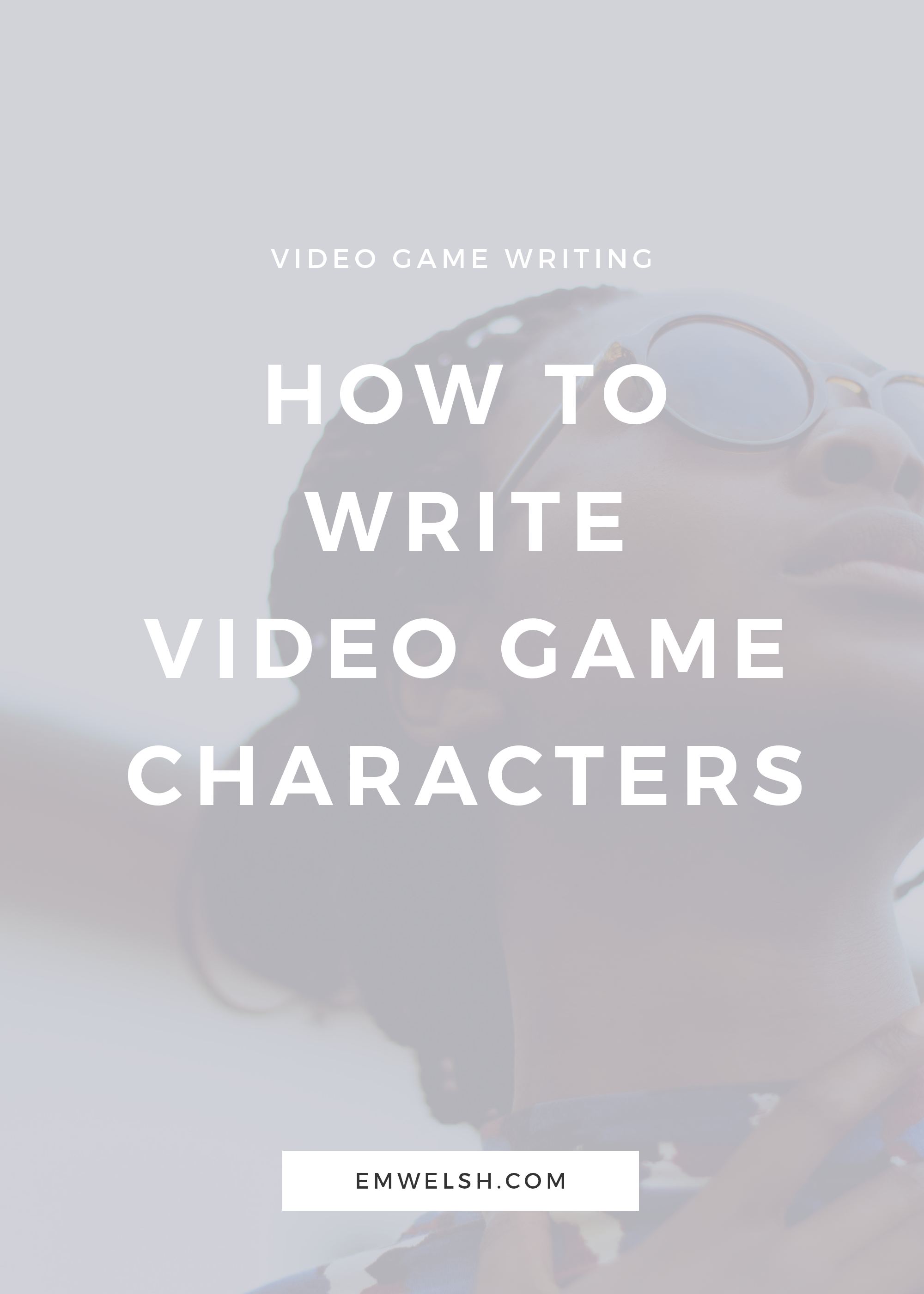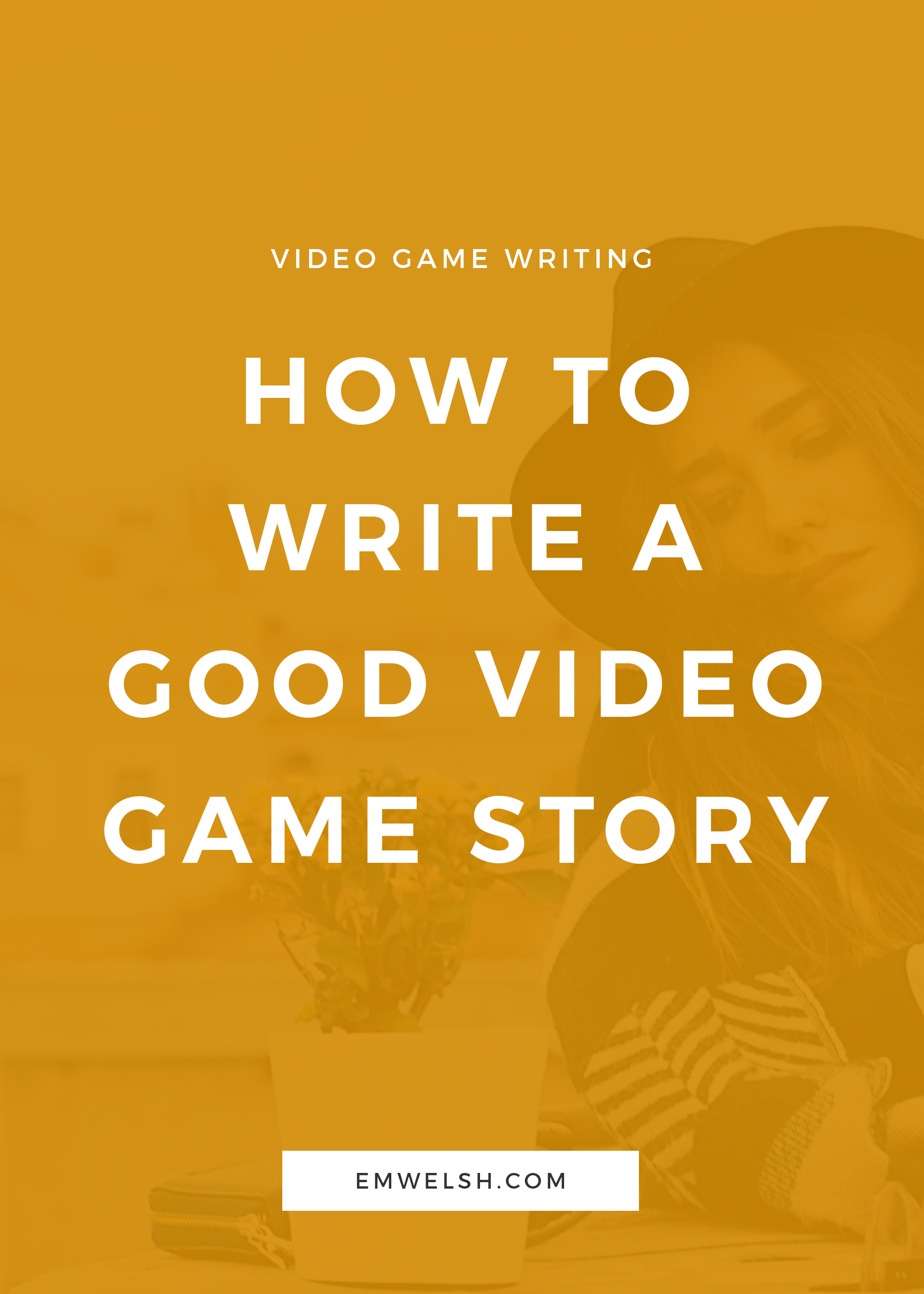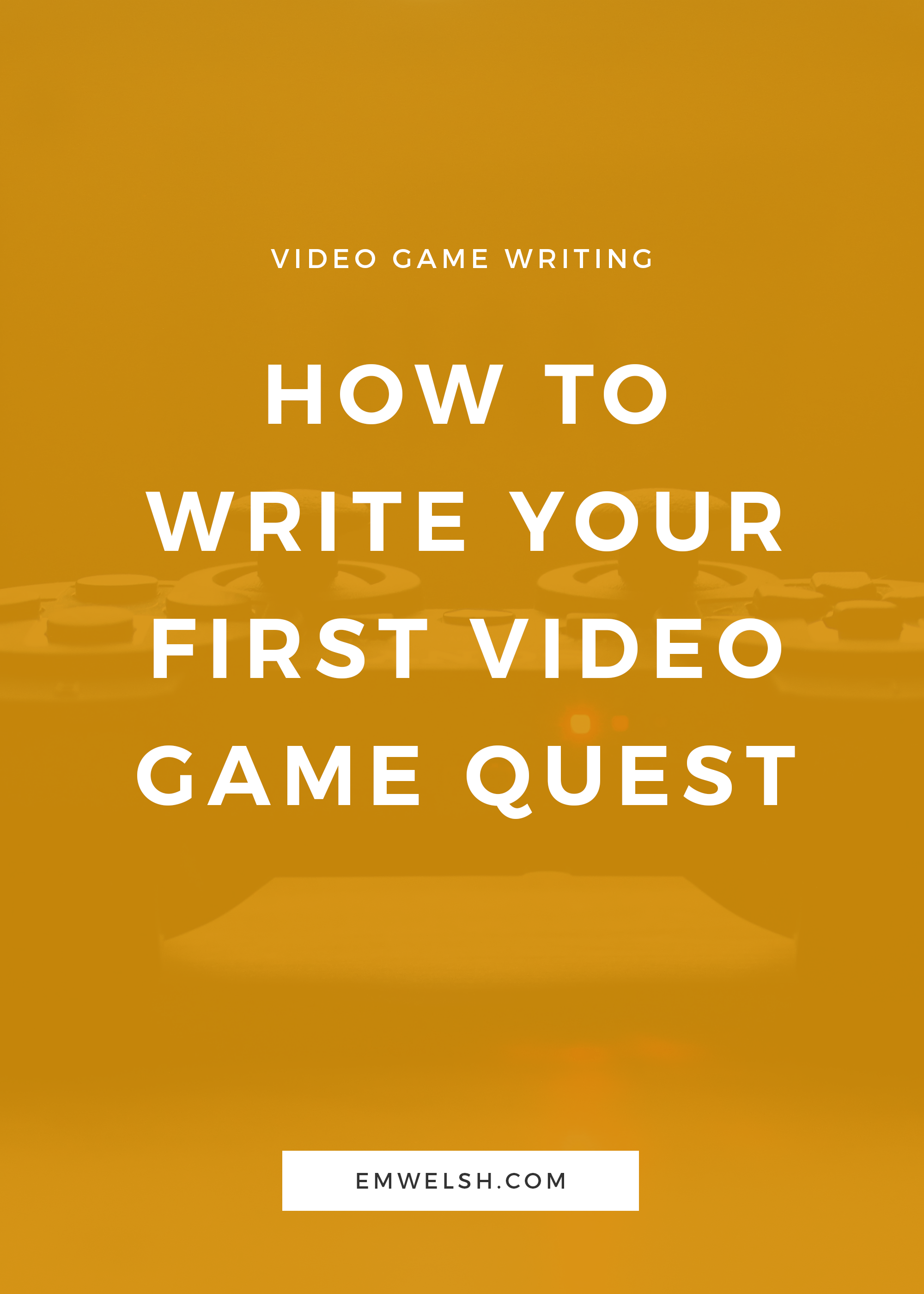What Video Game Writing Can Teach Fantasy Writers About Worldbuilding
/Video games have so many different things they can teach every storyteller. They can teach them about possibility in a narrative, dialogue options, and how to introduce the player (or reader or viewer) into the story.
However, when it comes to worldbuilding, there’s no better place to learn than through video game writing, where not a single detail about the worldbuilding can be neglected. The players who play the game expect the story to be a living and breathing place they can explore, and so wherever the game lets them explore, no matter how trivial, must be a place that is as realistic and fleshed out as any main mission or quest might be.
For fantasy novel writers, it is often easy to let some of these features go unnoticed. This is not because fantasy novelists are lazy, but because they aren’t forced to think about the living breathing world and lore of their story in the same way that a video game writer needs to. Sure, they can create an in-depth history of their world, a book of the different cultures and languages, and a wide cast of strange characters their protagonist may run into, but they rarely need to think about the small hut on the other side of the world that has been ransacked by a three-legged creature.
It’s not that these stories don’t matter to the novelist, but that they distract from the novel’s purpose and therefore don’t need to be a priority for them.
However, when you write a fantasy video game, these little narratives are hardly distracting but part of the world and what makes everything feel so real. For that reason, every fantasy novelist out there can learn a lot from video games about how to make their world seem more realistic and rich.
Of course, though you’ll learn the most by actually writing your own quests and playing some video games, here are three key things you can learn as a fantasy writer from video games:
Learn to Make Every Character Count
One thing you’ll notice in most open-world fantasy games is the sheer amount of characters occupying the world. Though all of these people could just be canon characters with the same repetitive “barks” (what a non-playable character says whenever you click on them that is not a dialogue option) as of late, many of the characters sprinkled throughout the world offer more than a sense of realism, they offer a tangible, rich world with opinions, perspectives, and many different versions of history.
When you take the time to write a novel, it’s easy to forget all these side characters. It’s easy to forget the man who welds armor or the woman looking for her sister. These stories aren’t relevant to your fantasy narrative and therefore you may feel they distract from the plot.
However, ignoring these people who populate your fantasy world can be a serious oversight and a missed opportunity. In playing video games and then writing them–at least a quest or two even–you suddenly begin to take into consideration all those different people who populate your main character’s hometown.
And when you start to write those characters–as small as they may seem–you start to make your world seem alive, but you also are given a chance to introduce various backstories, subplots, and histories quite seamlessly.
Now, using video games as inspiration for your fantasy novel doesn’t mean writing a gargantuan backstory for all your small characters. Instead, it means taking the time to write a voice for them, to give them a small story or conflict of their own that you might not usually had you been writing a fantasy novel.
Though this tip applies to all types of writing, I find it works best with fantasy and science fiction, where you as a writer are trying to convince us your world is as real as ours. And nothing makes your novel’s world so real as by treating each character in your story as an “NPC” (non-playable character) with opinions and ideas about your character and your world.
And though it may seem easier to just brainstorm about your novel’s many many characters this way, I encourage you to try and think like your novel is a video game and then to place all the characters in that world afterwards. Having done this myself, it makes it much easier for you to visualize the space of the world and potential people your character can approach.
Build Lore and Culture With Items
Another skill you’ll develop in writing a video game (or, again, a small quest) is a newfound focus on the items in your story.
Items may at first seem like smaller features of your narrative that are there to support your characters, but in a fantasy novel, they also support your worldbuilding.
Take, for example, a game like Horizon Zero Dawn, where an entirely new world was introduced, unlike anything many people had seen in any storytelling form. One of the key ways this game differentiated tribes and people was with their weapons and items. Each tribe had different ways they sourced their materials, different ways of dressing based on their environment, and different tools to suit their needs.
Though this may come naturally to you, if you take the time to write a list of potential weapons, pieces of armor or clothing, or other things your character may stumble upon in their journey, you’ll be thinking like a video game writer and adding more intentional lore behind all your different items.
Additionally, when writing video games, you’ll learn how to use journals, letters, and other more seemingly arcane methods of communicating story in a new and innovative way. What can your character find that might uncover a new story or even a new relationship? Can they give that item to someone else, show the letter to someone later on to blackmail them? There are so many choices, but these only become apparent when you treat the items in your story the way a video game writer would.
Once you’ve done that, you add a new layer of lore and culture to your narrative without trying. Suddenly in the details of your armor or in the strange locket discovered in a lost cave, you have added a history and culture to your world that might otherwise have been conveyed via exposition or cheesy dialogue.
Though it might seem intimidating, take this note from video game writing and try making an itemized list of all the different weapons, trinkets, and other items in your fantasy novel. Add this to a spreadsheet, adding other columns for lore, history, and culture that you can develop as you write.
Create a Living, Breathing World Map
One of the best parts about playing a video game is often the exploration. This is something no other storytelling medium offers, which is why fantasy writers can really learn a lot about creating their novel’s map with video game writing.
Just like with characters and items, when you write video games you have to become very intentional about the towns, settlements, and cities that fill your world.
When writing a fantasy novel, it’s easy to just skim over some areas of your story that no character will ever visit in the novel, but when you write a video game every single place suddenly must be fully realized, even knowing that it is very possible a player may completely miss it.
For instance, you could have an amazing village on the edge of a cliff, but if some players in your video game never decide to go there, they’ll never see all the hard work you put behind the story of that village and the people who live there. But that’s part of what makes it so realistic! The world is living beyond each player’s story, making the world itself seem all the more real.
And while you as a novelist may be appalled at such a notion, it’s not unlike scrapping drafts of your novel that contributed to your worldbuilding, but not the actual story.
Once you take the time to really build your map–and if you write a video game there is no skipping out on small parts, every single part matters–you can then find even more inspiration by filling in that map and world with the characters and items from earlier. You can place things where they don’t belong or introduce a quest about a missing person.
Plus, you can even create stories and myths behind each place on your map. This can be via side quests about the landscape–who will enter the strange cave–or adventures with characters in need of help–such as a family member who has been threatened by a neighbor or mysterious creature.
This final characteristic of video game writing brings everything together and really solidifies your fantasy world as real. However, just because you have an awesome map with every detail and trail marked up doesn’t mean you can skip out on items or characters.
Just like in video game writing, your fantasy story fails when elements of your worldbuilding go neglected and unacknowledged. It doesn’t mean that you need to write about every single item or town in your novel, but that if you want to really flesh out your novel’s story, you’ll want to think all these things through in the same vein a video game writer would.
Recommended Video Games
Now that you know what video game writing can teach you about worldbuilding, here’s a list of video games you can play for inspiration. All of these games have rich lore and worldbuilding, making them great pieces to study (and enjoy) if you don’t feel quite ready to try out writing a video game quest just yet.
Skyrim
The Witcher 3
Dragon Age: Origins
Divinity Original Sin 1 and 2
Pillars of Eternity
Final Fantasy VI, IX, and XV
Middle Earth: Shadow of Modor
The Legend of Zelda: Ocarina of Time
The Legend of Zelda: Breath of the Wild
Want to see a case study of what one these games taught me about storytelling? Click here!












